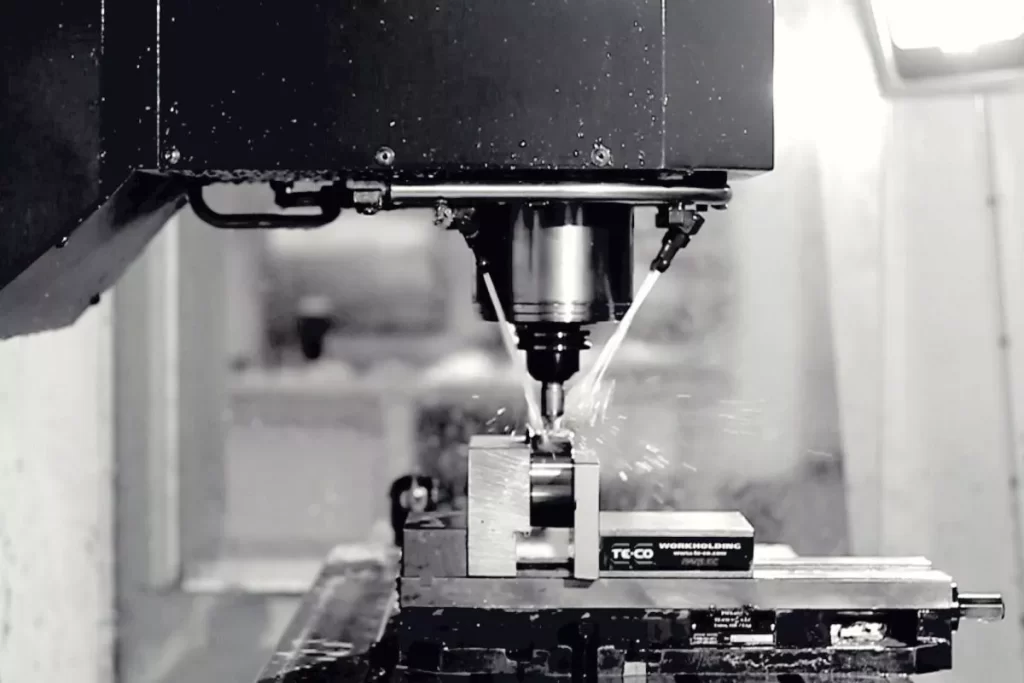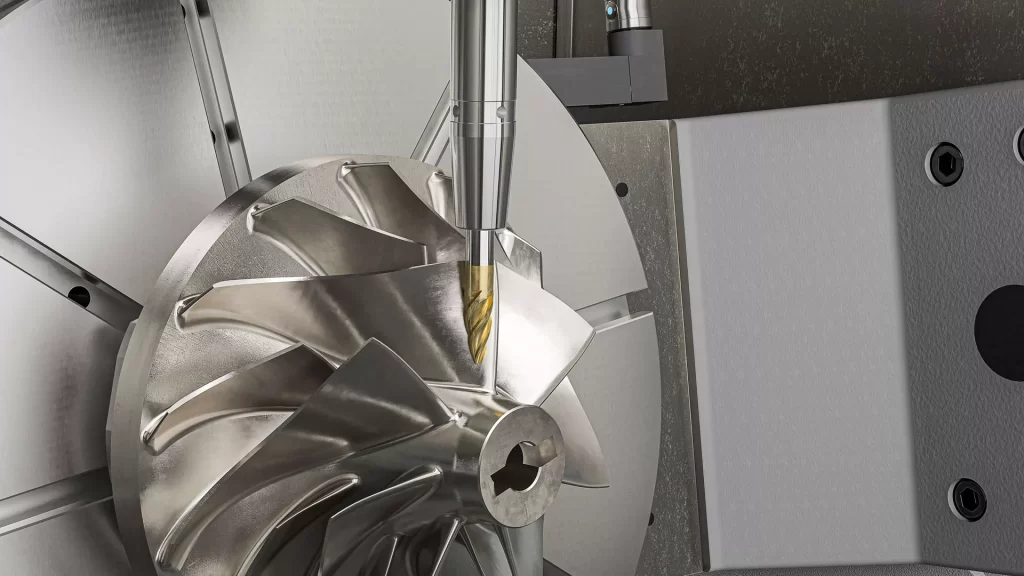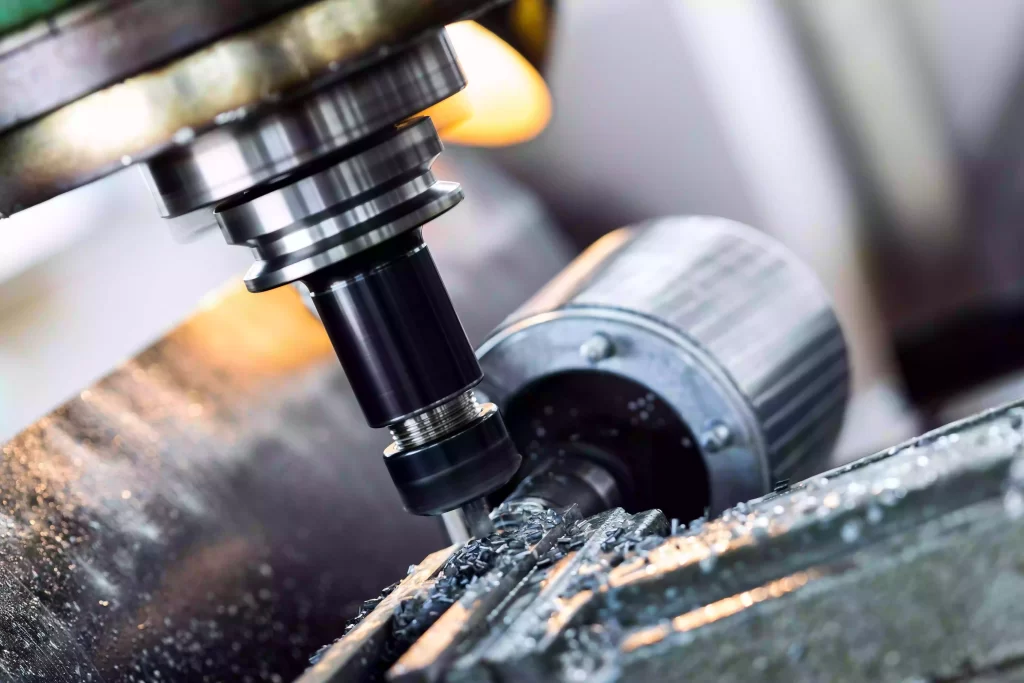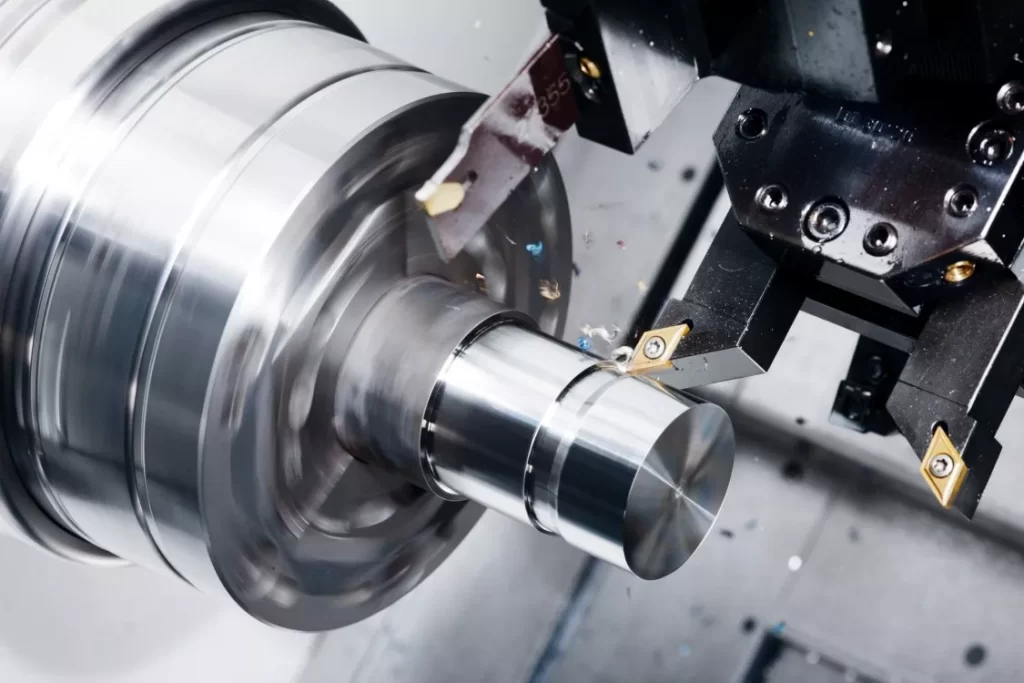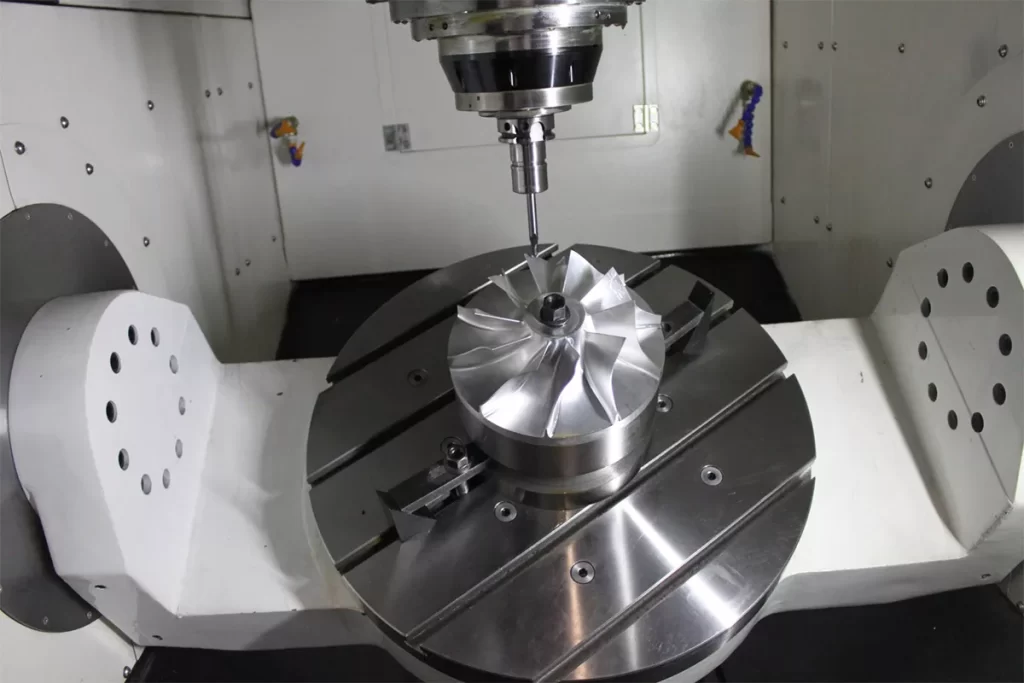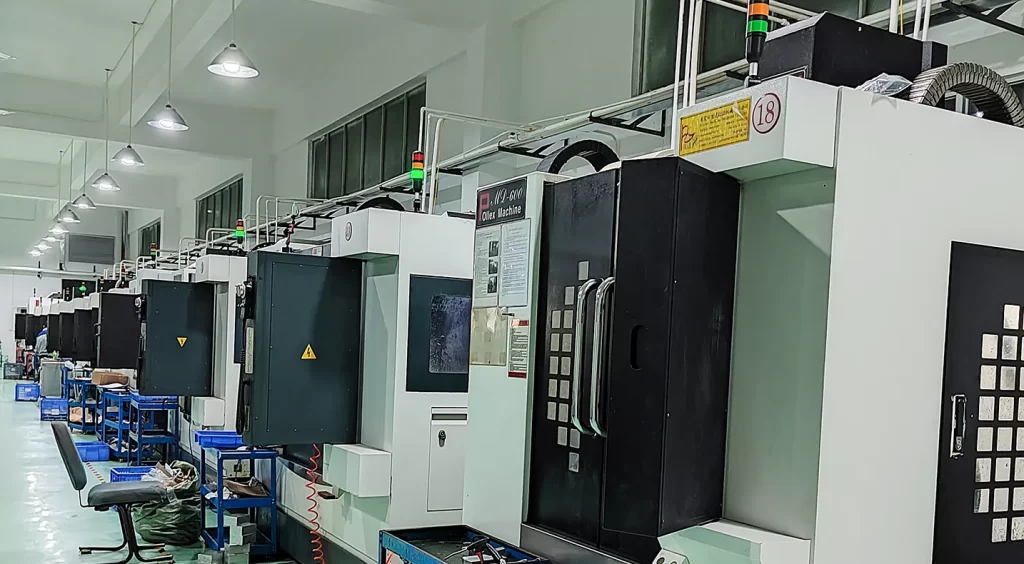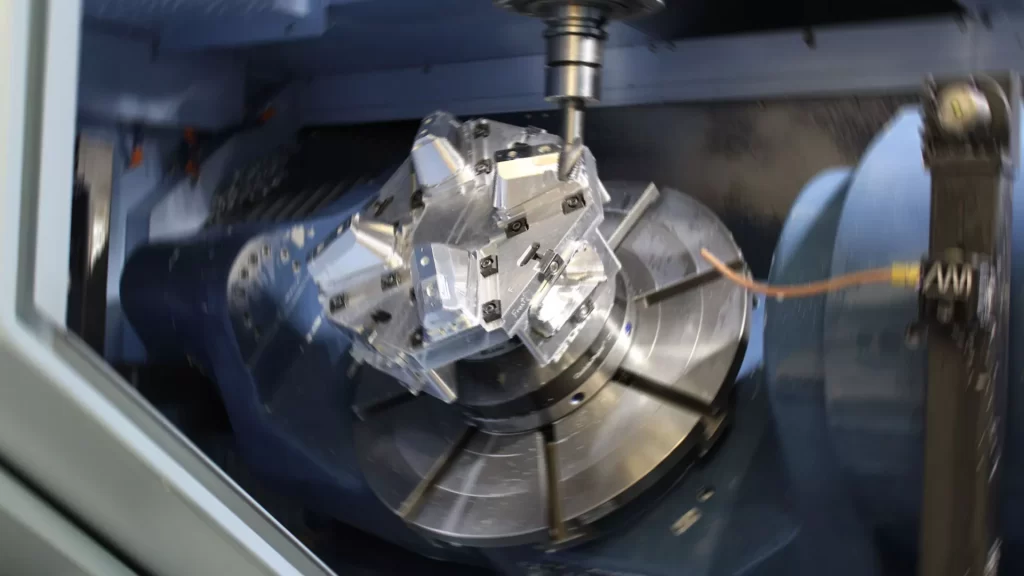CNC machining is essential in the aerospace industry as a subtractive manufacturing process. Its significance lies in meeting the non-negotiable requirements for precision and accuracy. This automated technique uses computer numerically controlled tools to machine aircraft and space shuttle components, ensuring they meet the highest safety and performance criteria. The process is integral to the aerospace sector, producing parts like hinges, clamps, bushings, and custom components that must withstand extreme conditions without fail. As the industry evolves, the demand for these meticulously crafted parts continues to soar, highlighting the critical role of CNC machining in advancing aerospace technology. This article will cover the fundamental and crucial considerations in using CNC machining to manufacture aerospace parts.
Design Considerations for Aerospace Parts
The aerospace sector demands components with complex designs, such as turbine blades, engine mounts, and landing gear parts. There are several important aspects that engineers need to consider when designing aerospace parts, such as the type of CNC machine to be used. The Multi-axis CNC machines create these components with high precision and reduced machining time, ensuring that each part meets the stringent quality standards of the aerospace industry. The Multi-axis CNC machines can operate along multiple axes simultaneously, creating intricate shapes and geometries that would be impossible with 3-axis machines. They can manipulate a workpiece in 3, 4, 5, or more axes, providing the ability to produce parts with complex designs and ultra-precision standards. Other important aspects to be considered include:
Functionality: The part must be machined to the correct specifications, have the necessary strength and durability, and withstand the harsh operating conditions of aerospace environments.
Manufacturing Process: The design must be optimized for the manufacturing process that will be used to produce the part.
Weight: Aerospace parts must be designed to be as lightweight as possible to reduce the aircraft’s overall weight and improve fuel efficiency.
Materials: Material selection is crucial. The material must have the required strength, stiffness, and thermal properties to meet the application’s specific requirements.
Tolerances: Aerospace parts must be manufactured to tight tolerances to ensure proper fit and function.
Loads and Stress: Aerospace parts are subject to various loads and stresses, such as thermal loads and vibrations.
Safety and Certification: Manufacturing for the aerospace industry is subject to strict rules and regulations designed to ensure the safety and reliability of aircraft and their components. Manufacturers must follow Federal Aviation Administration regulations, International Traffic in Arms Regulations, and Quality Management System standards.
Materials Used in Aerospace CNC Machining
Materials such as Kovar, titanium, and aluminum alloys are used in aerospace CNC machining and crafting parts. These materials deliver rugged, lightweight, and corrosion-resistant components, catering to both commercial and military applications. Surface finishing and coating processes like passivation, anodizing, polishing, and powder coating further augment the durability and functionality of these CNC machined parts, offering protection against corrosion, enhancing chemical resistance, and providing aesthetic flexibility with various color options. The materials commonly used can be broadly classified into the following:
Lightweight Metals: Titanium and aluminum alloys are preferred for their strength-to-weight ratio. Titanium is 50% lighter and 30% stronger than steel, making it ideal for critical components in commercial and military aircraft, such as the Boeing B787 and Airbus A380. Aluminum, while not as strong as titanium, is cost-effective and highly machinable, suitable for fuselage, wings, and other parts.
High-Performance Plastics: Aerospace-grade plastics like PEEK, Ultem, and polycarbonate are used for interior components due to their strength, lightweight, and vibration resistance. These materials are perfect for parts requiring complex designs, such as cabin interiors and ventilation ducts.
These materials are utilized for various aerospace parts, and their properties ensure optimal performance and safety, which is of utmost importance in the aerospace industry.
Benefits of CNC Machining for the Aerospace Industry
CNC Machining is by far the most used technology in the aerospace industry due to its ability to produce high-quality, complex parts that meet specific requirements. These sophisticated machines play a significant role in making complex components required for aircraft and spacecraft, offering several advantages over traditional machining methods, which include:
Precision: Precision in aerospace machining is paramount for ensuring safety, optimal performance, material integrity, and regulatory compliance, as it allows parts to function reliably and withstand extreme conditions. A 5-axis CNC machine can move the cutting tool along five different axes, enabling the production of intricate parts with precise tolerances. This increases production efficiency by reducing the need for multiple setups.
Consistency: CNC Machining provides consistent and repeatable results, which is essential in aerospace parts manufacturing, where the parts must meet strict performance and safety requirements.
Speed: CNC Machining is a fast and efficient manufacturing process. Combining multiple operations into one setup allows five-axis machining to reduce the lead time required to produce a part significantly. It also enables automation and lights-out operation for increased manufacturing efficiency, which allows for prototyping and rapid iteration of aerospace designs.
Cost-Effectiveness: CNC Machining can be more cost-effective than other manufacturing methods, especially for small to medium production runs or for parts with complex shapes. It reduces the risk of human error by eliminating the need for extensive manual labor.
CNC Machining does, however, have some limitations. It can be a costly investment requiring specialized programming and operator training. It is also only suitable for some types of materials and not well-suited for large-scale production runs.
Conclusion
CNC machining will continue to be an important manufacturing process in the aerospace industry from producing critical parts to research and development activities. As the aerospace industry continues to grow, the reliance on this advanced manufacturing process will also grow, driven by the ongoing pursuit of innovation and excellence in aerospace engineering. By staying informed about the capabilities and advancements in CNC machining, stakeholders can ensure that aerospace components are produced to the highest standards, ready to meet the challenges of both today’s and tomorrow’s aerospace demands.
